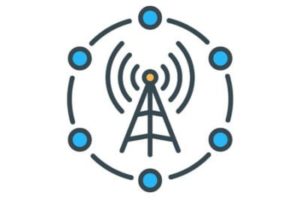More than 400 Native American tribes across tens of thousands of square miles will soon have access to 5G wireless broadband thanks to a new partnership between Nokia and NewCore Wireless.

According to a report by VentureBeat, the two companies are taking advantage of the Tribal Educational Service (EBS), a swath of radio band that was made available in 2020 by the FCC to serve tribal lands.
“In 2019, the FCC announced a new spectrum opportunity to pull back spectrum that wasn’t being used in the educational band,” NewCore Wireless GM Albert Kangas said in an interview with VentureBeat. “A large part of the country was what we call ‘white space,’ where it was not being leased to either a school or an institution.”
The initial build out of the new network will reach 15 thousand tribal members — including many living in remote and high-poverty areas — and will focus on North and South Dakota, Oklahoma, and California, involving the Standing Rock Sioux Tribe, the Cheyenne Tribe, and the Arapho Tribe, among others.
This is the latest in a series of relatively recent moves by the FCC to expand the reach of the nation’s 5G network, in what many consider to be a race between the US and China to get as many citizens online as possible.
In November of 2019, China announced a massive launch of its own 5G network, bringing 50 cities across the country online in what was called one of the single biggest rollouts of the fifth-generation technology ever.
The network will allow tribal members in these areas to gain access to services that rely upon high-speed internet, and support e-learning, telehealth, and remote work initiatives that have rapidly grown in importance in light of the ongoing COVID-19 pandemic.
“For tribal people in general, you’re starting to see a lot of people kind of come back home,” said Fred McLaughlin, general manager for one of the first networks to gain approval for the new spectrum, Standing Rock Telecommunication. “For at-home education, it gives them an alternative. The schools are using our equipment. There is a fiber alternative, but some people can’t afford it. Some of these people are living — not paycheck to paycheck, but under the poverty level. They are finally getting connected to the internet. That’s who we are providing this service for.”
Source: VentureBeat

Follow Us